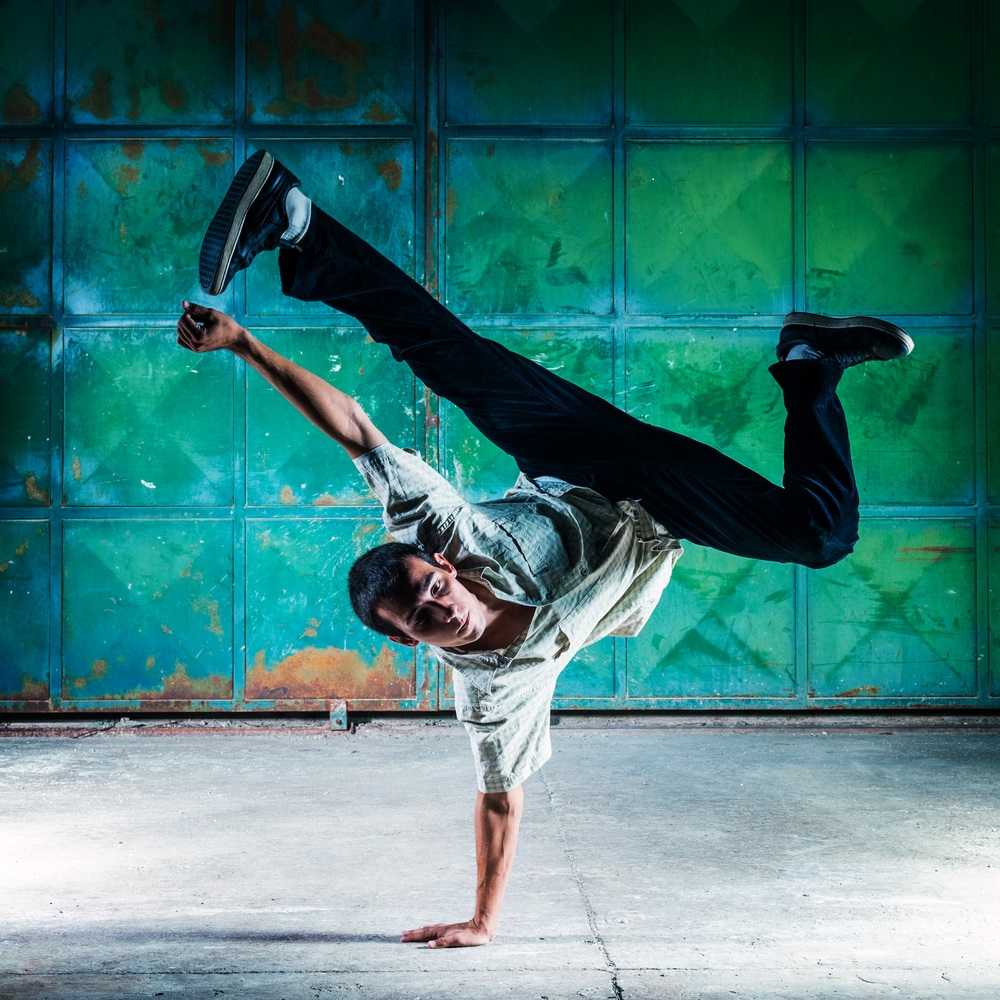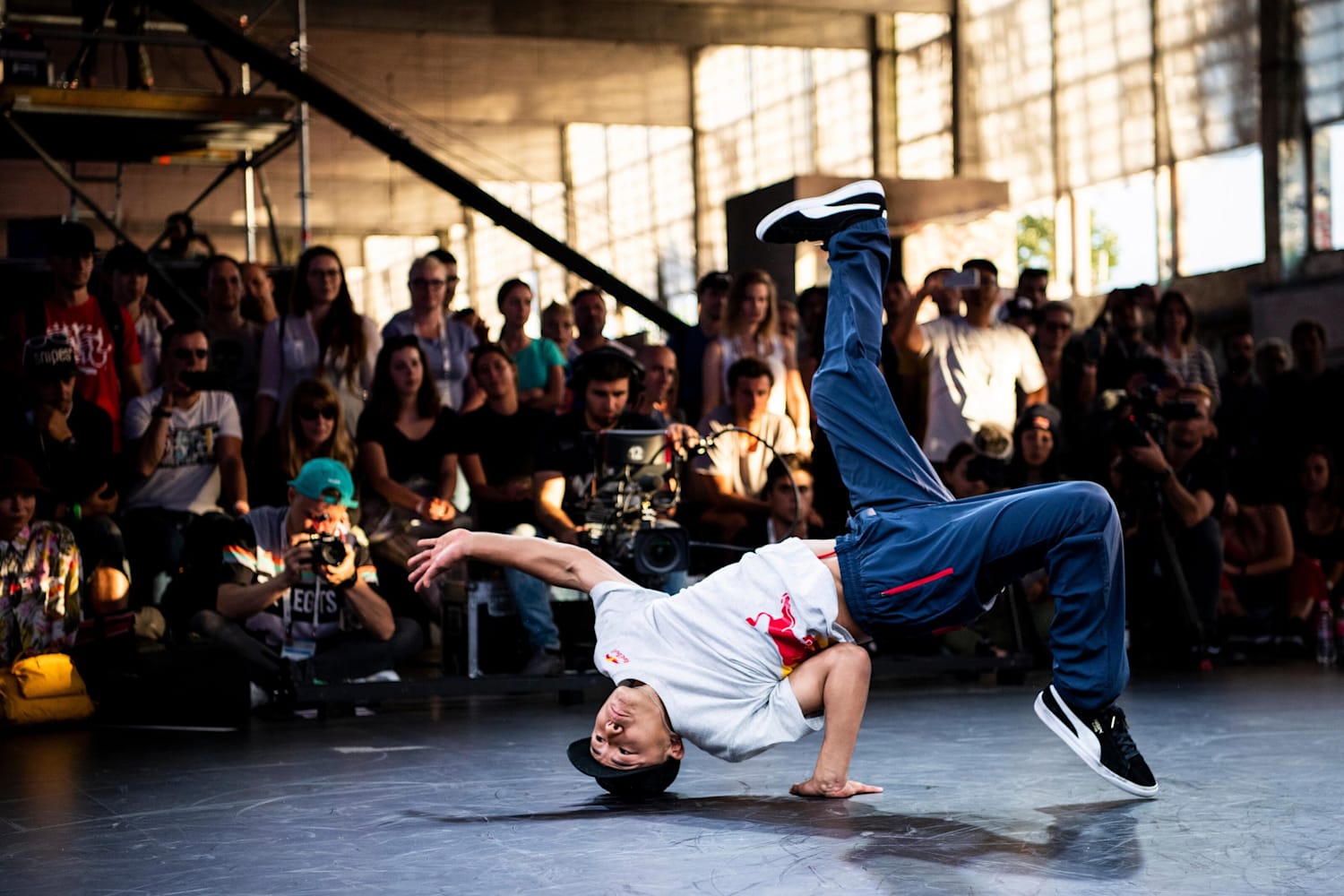History and Origins of Breakdancing

Breakdancing, a vibrant and dynamic form of street dance, emerged from the streets of the Bronx, New York City, in the 1970s. It is a powerful expression of creativity and resilience, reflecting the social and cultural landscape of its time. Its origins are deeply intertwined with the struggles and triumphs of the African American and Latino communities in the Bronx.
The Cultural Context of Breakdancing’s Emergence
Breakdancing emerged during a period of social and economic upheaval in the Bronx. The neighborhood faced high rates of poverty, unemployment, and crime. The city’s fiscal crisis in the 1970s exacerbated these problems, leading to widespread social unrest and a sense of alienation among young people. The Bronx was a melting pot of cultures, with a significant presence of African American, Latino, and Caribbean communities. This cultural diversity played a crucial role in the development of breakdancing, as different dance styles and musical influences converged.
Key Pioneers and Crews, Break dancing
Breakdancing’s early development was shaped by a group of pioneers and crews who brought their unique talents and styles to the streets. The Rock Steady Crew, founded in 1977, is considered one of the most influential breakdancing crews of all time. They popularized the “top rock” style, which involved intricate footwork and complex body movements. Other notable pioneers include the Furious Five, the Dynamic Rockers, and the Magnificent Force. These crews not only showcased their skills at block parties and community events but also helped to spread the culture of breakdancing throughout the Bronx and beyond.
Evolution of Breakdancing Styles and Techniques
Breakdancing has evolved significantly since its inception. The early days were characterized by a focus on power moves, such as the “headspin” and the “windmill.” As the dance form gained popularity, new styles and techniques emerged. The “footwork” style, which emphasizes intricate footwork and rhythmic movements, became increasingly popular in the 1980s. The “power moves” style continued to evolve, with dancers developing increasingly complex and acrobatic maneuvers. Today, breakdancing encompasses a wide range of styles, from the classic “top rock” and “power moves” to the more contemporary “footwork” and “robot” styles.
Techniques and Elements of Breakdancing

Breakdancing, a vibrant and dynamic form of street dance, is characterized by its intricate footwork, powerful acrobatics, and rhythmic expressions. The art of breakdancing is built upon a foundation of core elements that define its unique style and complexity. These elements, each with its own set of techniques and variations, work together to create the captivating and expressive dance form that we know and admire.
Toprock
Toprock, the foundation of breakdancing, is a rhythmic dance style performed standing up. It sets the stage for the other elements and serves as a way to showcase the dancer’s musicality and creativity. Toprock is characterized by its fluid footwork, dynamic movements, and the ability to seamlessly transition into other breakdancing elements.
- Basic Steps: Toprock incorporates a variety of basic steps, such as walking, running, shuffling, and stepping, often with a rhythmic emphasis. These steps are the building blocks of more complex toprock patterns.
- Footwork Variations: Dancers can add variations to their toprock footwork by incorporating spins, jumps, and kicks, making their movements more dynamic and visually engaging.
- Toprock Styles: Different breakdancing crews and individuals have developed distinct toprock styles, incorporating their own unique combinations of steps, rhythms, and variations.
Downrock
Downrock is the transition from toprock to the ground, where the real magic of breakdancing begins. It involves a series of intricate footwork patterns and body movements performed on the ground, often in a low, crouched position. Downrock is known for its rapid footwork, complex transitions, and dynamic use of space.
- Basic Footwork: Downrock involves a variety of basic footwork patterns, such as six-step, turtle, and thread. These patterns are the foundation for more advanced downrock techniques.
- Variations and Transitions: Dancers can add variations to their downrock footwork by incorporating spins, jumps, and flips, as well as transitions between different footwork patterns.
- Downrock Styles: Like toprock, downrock has evolved into various styles, each with its own distinctive footwork patterns and rhythms.
Power Moves
Power moves are the acrobatic and visually striking elements of breakdancing. They require significant strength, flexibility, and control, showcasing the dancer’s physical prowess and athleticism. Power moves are characterized by their dynamic movements, often involving flips, spins, and complex rotations.
- Common Power Moves: Some common power moves include the windmill, flare, headspin, and airtrack. Each move has its own unique technique and variations, allowing dancers to express their creativity and style.
- Training and Safety: Power moves require extensive training and practice to master. Proper technique and safety precautions are essential to avoid injuries. Dancers should prioritize proper form and gradually build their strength and flexibility before attempting more challenging power moves.
- Power Move Variations: Experienced breakdancers often develop their own variations of power moves, adding their personal touch and creativity to the traditional techniques.
Freezes
Freezes are static poses that breakdancers hold for a brief period, often at the end of a power move or during a downrock sequence. Freezes are visually impressive and showcase the dancer’s strength, balance, and flexibility. They are often used to create a dramatic pause or to transition to another element of breakdancing.
- Types of Freezes: There are various types of freezes, including handstand freezes, headstand freezes, and balance freezes. Each freeze requires different techniques and variations to achieve.
- Freeze Variations: Breakdancers can add variations to their freezes by incorporating spins, rotations, or transitions into other poses. This adds visual interest and complexity to their performance.
- Freeze Transitions: Freezes can be used to seamlessly transition into other elements of breakdancing, such as power moves or downrock sequences. This adds fluidity and dynamism to the performance.
Footwork
Footwork is the foundation of breakdancing, as it forms the basis for toprock, downrock, and many power moves. It involves intricate foot patterns and rapid movements, requiring precision, rhythm, and agility.
- Basic Footwork Patterns: Breakdancers learn a variety of basic footwork patterns, such as six-step, turtle, and thread. These patterns are the building blocks for more complex footwork sequences.
- Footwork Variations: Experienced breakdancers can add variations to their footwork by incorporating spins, jumps, and flips, as well as transitions between different footwork patterns.
- Footwork and Musicality: Footwork is intricately linked to the music, requiring the dancer to move in sync with the rhythm and beats. Strong musicality is essential for executing footwork patterns effectively.
Breakdancing Culture and Community: Break Dancing
Breakdancing, a vibrant and dynamic dance form, has transcended its origins to become a global phenomenon, fostering a strong and diverse community. The breakdancing culture extends far beyond mere dance moves; it encompasses a unique set of values, traditions, and social dynamics that bind dancers together across geographical boundaries.
Global Breakdancing Community
The breakdancing community is a tapestry woven from diverse threads, encompassing individuals from all walks of life, united by their passion for the art form. The community’s global reach is evident in the numerous international breakdancing events, competitions, and workshops that draw participants from all corners of the world. The shared love for breakdancing transcends cultural differences, fostering a sense of unity and camaraderie among dancers.
Role of Battles, Competitions, and Events
Battles, competitions, and events play a pivotal role in the breakdancing culture. They serve as platforms for dancers to showcase their skills, push their boundaries, and connect with other members of the community. These events provide opportunities for dancers to gain recognition, build their reputation, and inspire others. The competitive spirit fostered in battles is a key driver of innovation and creativity within the breakdancing world.
Importance of Collaboration, Respect, and Sharing Knowledge
Collaboration, respect, and knowledge sharing are fundamental pillars of the breakdancing community. Dancers often collaborate on projects, share their knowledge with aspiring dancers, and support each other’s growth. This collaborative spirit fosters a sense of community and ensures the continued evolution of the art form. Respect for one another’s skills, experiences, and perspectives is paramount, creating an environment where dancers can learn, grow, and inspire each other.
Notable Breakdancing Crews and Individuals
The breakdancing community has produced numerous iconic crews and individuals who have shaped the culture and inspired generations of dancers.
- The Rock Steady Crew: One of the most influential breakdancing crews, The Rock Steady Crew, emerged in the Bronx, New York, in the 1970s. They pioneered many of the foundational breakdancing moves and techniques, and their influence continues to be felt today.
- The Furious Five: Another legendary crew from the Bronx, The Furious Five, is known for their innovative and acrobatic breakdancing style. They helped to popularize breakdancing through their performances and collaborations with artists like Grandmaster Flash.
- Ken Swift: A renowned breakdancer and choreographer, Ken Swift is credited with developing the “Top Rock” style, a foundational element of breakdancing. He has also been instrumental in promoting breakdancing internationally through workshops and performances.
- Crazy Legs: A member of The Rock Steady Crew, Crazy Legs is a highly respected breakdancer known for his innovative footwork and acrobatic skills. He has been a major figure in the breakdancing community for over 40 years.
- B-Boy Lilou: A French breakdancer, B-Boy Lilou is renowned for his technical prowess and creative style. He has won numerous international breakdancing competitions and is widely considered one of the greatest breakdancers of all time.
Break dancing – Breakdancing, a vibrant dance form, is all about power moves and intricate footwork. It’s a genre that’s been around for decades, captivating audiences with its energy and athleticism. And while the world of breakdancing may seem far removed from the world of rock music, there’s a surprising connection – Justin Simmons , the bassist for the legendary band KISS, is a known fan of breakdancing, even incorporating some of its moves into his stage performances.
So, next time you see a breakdancing crew, remember the unlikely connection to rock royalty!
Breakdancing, with its intricate footwork and dynamic spins, is a vibrant expression of individuality. It’s a dance form that thrives on the energy of the crowd, and that energy can be easily stifled by restrictions, like the Nassau County ban on masks , which might discourage some dancers from performing freely.
However, the spirit of breakdancing, much like the spirit of the human body, is resilient and will continue to move, adapt, and find new ways to express itself, masks or no masks.
